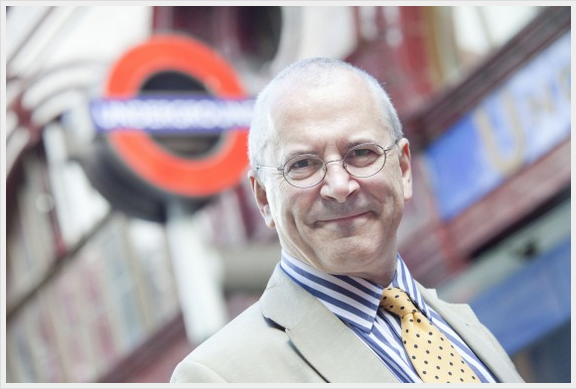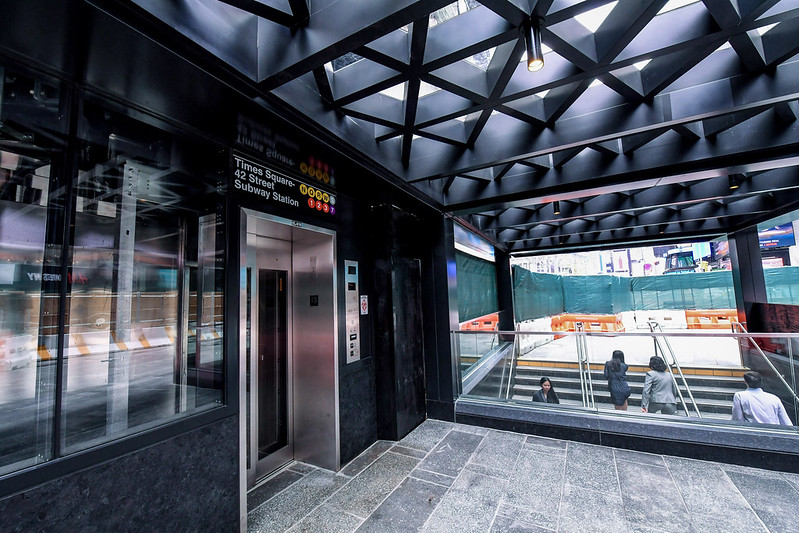
Photo: Transport-for-London3
Interview with Sir Peter Hendy, Commissioner of Transport for London
12 May 2014
by Richard Forster
As Commissioner for Transport in London, Sir Peter Hendy oversaw the successful operation of London’s transport network during the 2012 Olympics and Paralympics, one of the biggest urban mobility challenges a city can face. Nick Michell speaks to Sir Peter about the key difficulties he has had to face during his time as Commissioner
What is the biggest challenge you have faced since you became Commissioner of Transport for London (TfL) in 2006?
Our job is to keep London working, growing and to make life in London better. So I think the biggest challenge has been to win the argument for steady and sustained investment in improving transport. London’s population is set to grow from 8.4 million today to 10 million by 2030. We must continue to invest to cope with that huge population growth and to ensure that London remains a world-leading city to the benefit of the entire country. Our future prosperity relies on it.
Despite scepticism before the events, London’s transport system operated very successfully during the 2012 Olympic and Paralympic Games. What were the key challenges and how did you counter them? Has London set the standard for future hosts?
I led a massive team effort to ensure that London’s transport helped deliver a successful Games while keeping London moving. This was a genuine collaboration across government departments, boroughs and transport agencies and operators. Our staff and extra volunteers, drawn from all parts of our organisations, were instrumental in welcoming people to London and giving them a wonderful day out. I am really proud of what the transport industry delivered, which has also meant a huge boom in visitors to London and its economy since the Games.
In November last year six cyclists were killed on the streets of London in less than two weeks. How much emphasis is Transport for London putting on the safety of cyclists in the city?
One of our top priorities is to reduce the number of people killed and seriously injured on London’s roads by 40 percent. We are taking action across a range of fronts, with particular emphasis on better protecting the most vulnerable road users: pedestrians, motorcyclists and cyclists. We are investing nearly £1 billion to improve cycling facilities and safety in London, including making junctions safer and encouraging all road users to obey the rules of the road, and promoting greater enforcement and compliance, particularly with construction heavy good vehicles (HGVs).
In February and April this year, there was a 48-hour strike by London Tube workers in protest at TfL’s plans to close all remaining Tube ticket offices, with a loss of more than 950 posts. Are these plans still going ahead and what are the reasons behind them?
Changes in the way our customers use our services means that less than three percent of Tube journeys now involve a visit to a ticket office. So we will move staff out from behind glass screens and remote back offices to the public areas of stations and platforms where they are better placed to provide face-to-face customer service. Subject to consultation with the unions, there will be job reductions, in part offset by more jobs being created by our plans to run the Tube for 24 hours on Friday and Saturday nights. All of our stations will remain staffed and controlled at all times while services are operating and we are committed to delivering this change with no compulsory redundancies. Visitor Information Centres at our major stations will cater for the needs of visitors to London.
What are the improvements that still need to be made to public transport in London?
We need to invest in extra capacity on public transport to accommodate London’s growing population and to invest in the road network. Crossrail is a great start, but we need Crossrail 2 and Crossrail 3 too. We must also continue to invest in London’s bus service, which is one of the most extensive, reliable and accessible in the world. Work must also continue to make public transport as accessible as possible to everyone. I also think free, open data is the way to go to improve real-time information provision to customers and road users. This has paid huge dividends in London.
Which city outside London and the UK would you cite as a model for transport management and why?
There are many other cities around the world who do a brilliant job, so it is hard to pick just one. But we all exchange ideas on how to improve things. None of us has the monopoly of wisdom on how to run things and pooling knowledge, skills and information is the way to go.
What does your role as president of the International Association of Public Transport (UITP) entail? What do you hope to achieve with the organisation?
My role is to help focus the priorities of the UITP on the big things that really matter. Urban mobility is central to economic growth and social cohesion, and we need to work together as a global transport community to make that happen. It is a privilege to serve as President of the UITP.
How does the UITP help cities deal with mobility challenges?
By focusing on the action that will unlock jobs, growth and social cohesion. Transport is not an end in itself. It is only the means by which economies create opportunities for people. We must also focus on delivering what our customers and users want: safe and reliable transport services; value for money; and progress and innovation. We must never forget that we are a customer service business, which happens to deliver that through better transport services.
How important is it for cities around the world to share best practices and experiences in their bid to solve urban mobility challenges? How could cities do this better?
This is absolutely vital. No one has the monopoly of wisdom on how to run and improve transport and we must collaborate across organisational and national boundaries to make that happen, including via organisations like the UITP. We also need to focus on the big things that matter, including the challenges of rapidly growing urban populations and rising expectations of our customers in terms of information and ticketing. Our customers want us to be easy to do business with because they are used to dealing with the best retailers in the world, often on-line. We must pool all of our knowledge and experience to make progress in these areas; no one can do it alone.
How important a role can public transport play as a driver of innovation and contributor to jobs and growth?
It is the driver of innovation, jobs and growth. Put good public transport in the right places and economies flourish, houses are built and jobs are created. Transport keeps countries working and growing and makes life in them better. We must never lose sight of that.











